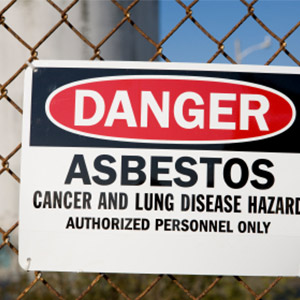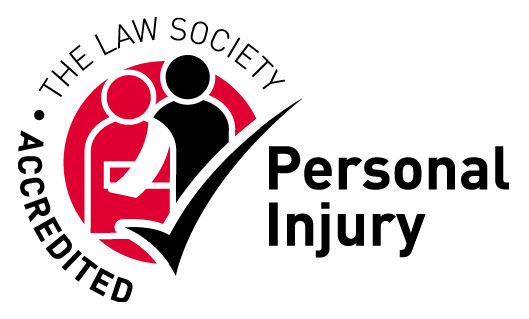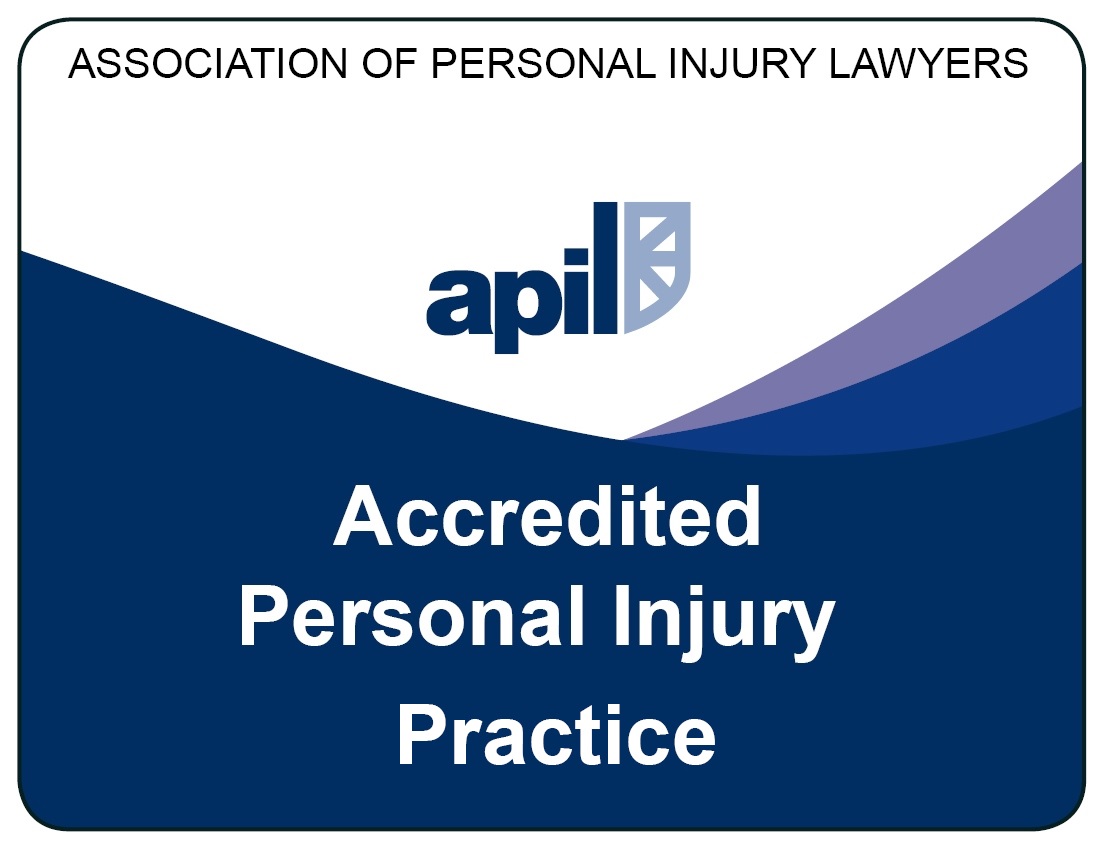



What Should I Know About Asbestos In The Workplace?
As the number of asbestos-related illnesses continues to surge and we hear more and more about people dying from the most severe of asbestos-related diseases, mesothelioma, the cold reality of the use of this dangerous substance is sadly coming home to roost in the UK.

If it is in good condition and not damaged in any way, the existence of asbestos in a building can be relatively safe. However, if it becomes dislodged or damaged, there is an opportunity for dust particles to be released and become airborne. These particles can then be inhaled or ingested and may enter the human body where they stay and can develop into serious illnesses in the future.
Although asbestos exposure can affect anyone, those most at risk are people who work in the construction or building industry, as these people are more likely to come into contact with it while working. If you are a tradesperson of any kind then we recommend that you read the guidance tips below on how to work safely with asbestos.
The tips are designed for guidance only and if you need specific information and advice on working with asbestos then we recommend speaking directly to the Health and Safety Executive.
Licensed And Non-Licensed Asbestos Tasks
Firstly, it is important to remember that there are two different ways in which you can work with asbestos as defined by the HSE. These are licensed and non-licensed work. The former is when it is considered ‘high risk’ work, where the project is likely to be long-term and is not of ‘low intensity’ and if there is the identification of asbestos coating or insulation. Licensed work needs to be carried out by a licensed contractor and certain objectives and restrictions will need to be adhered to.
If you are working on a non-license project, then you could still be in danger of asbestos exposure and it is useful to know what to be aware of when possibly coming into contact with this dangerous substance. Below offers some direction on how you can limit the damage of asbestos exposure at work:
- If you are suspicious of asbestos being present in your place of work then you should stop work and not hesitate in contacting the building owner; the asbestos found may need to be removed by a licensed contractor.
- Ensure that you use the correct Personal Protective Equipment (PPE), e.g. a mask while at work in an area where you suspect there could be asbestos.
- If waste is being produced, the HSE recommends double bagging it and getting rid of it at a licensed tip. Waste examples include tools and work clothing that cannot be decontaminated, rags used for cleaning should also be treated as ‘hazardous’ and masks should not be reused.
- Always make sure that you keep things tidy in your workspace and clear up as you go along. Don’t adopt ways of making more dust while tidying or working (power tools can be known to create more dust). A vacuum cleaner is one of the best tools used for getting rid of dust without spreading it further.
- Make sure you wash thoroughly before you have a break and before you go home and don’t take clothes home that could have asbestos fibres on them.
- Ensure that you have received the appropriate training before you begin to work.
- It is also advisable not to eat or drink in the workplace area where you suspect asbestos could be.
- Other advice from the HSE includes specific guidance sheets and advice on whether or not the work you are carrying out needs to be ‘notified’ (these kinds of jobs require additional conditions including the performance of medical assessments and health record maintenance).
What Should The Person In Charge Do About Asbestos?
The person or people in charge of a job should undertake a number of different measures to limit and control the exposure of asbestos. These include:
- Finding out whether or not there are any asbestos materials in the workplace and if so there must be a plan of work which includes ways in which these materials are not disturbed.
- Everyone working on the job should have relevant information about the asbestos given to them and the correct training must also be given.
- The manager of the project should also ascertain whether or not the work needs to be carried out by a licensed contractor.
- They should ensure there is the correct provision of Personal Protective Equipment
- At the end of the job, they must ensure that the workplace has been left fit for reoccupation and that there have been arrangements made for waste disposal of hazardous items.
Claiming Compensation For An Asbestos-related Illness
If you or a member of your family has suffered because of the exposure to asbestos then you could be eligible to make a personal injury claim. For more information, please call our no win no fee solicitors at Jefferies on our national accident helpline number or complete one of our online claim forms.





